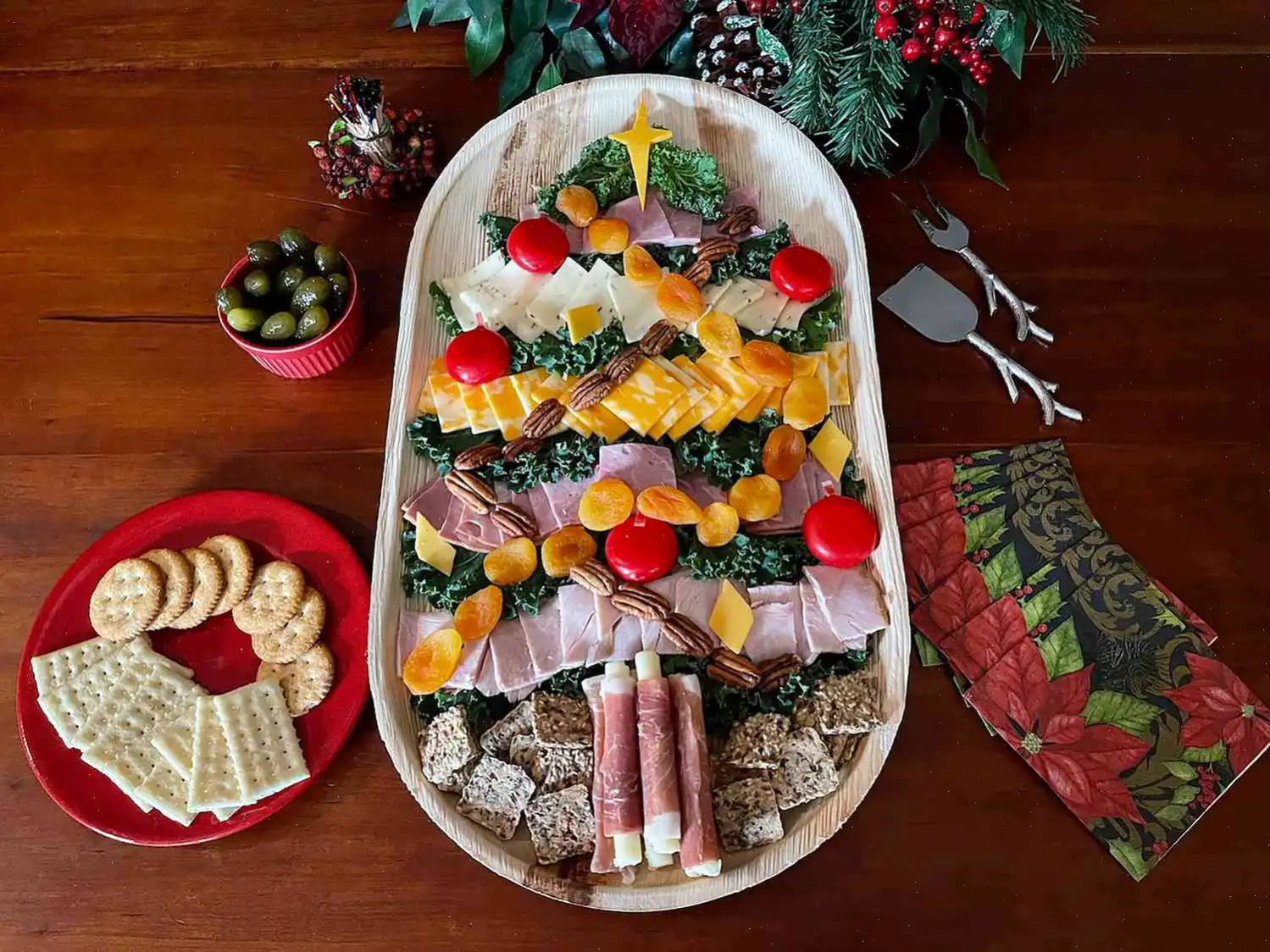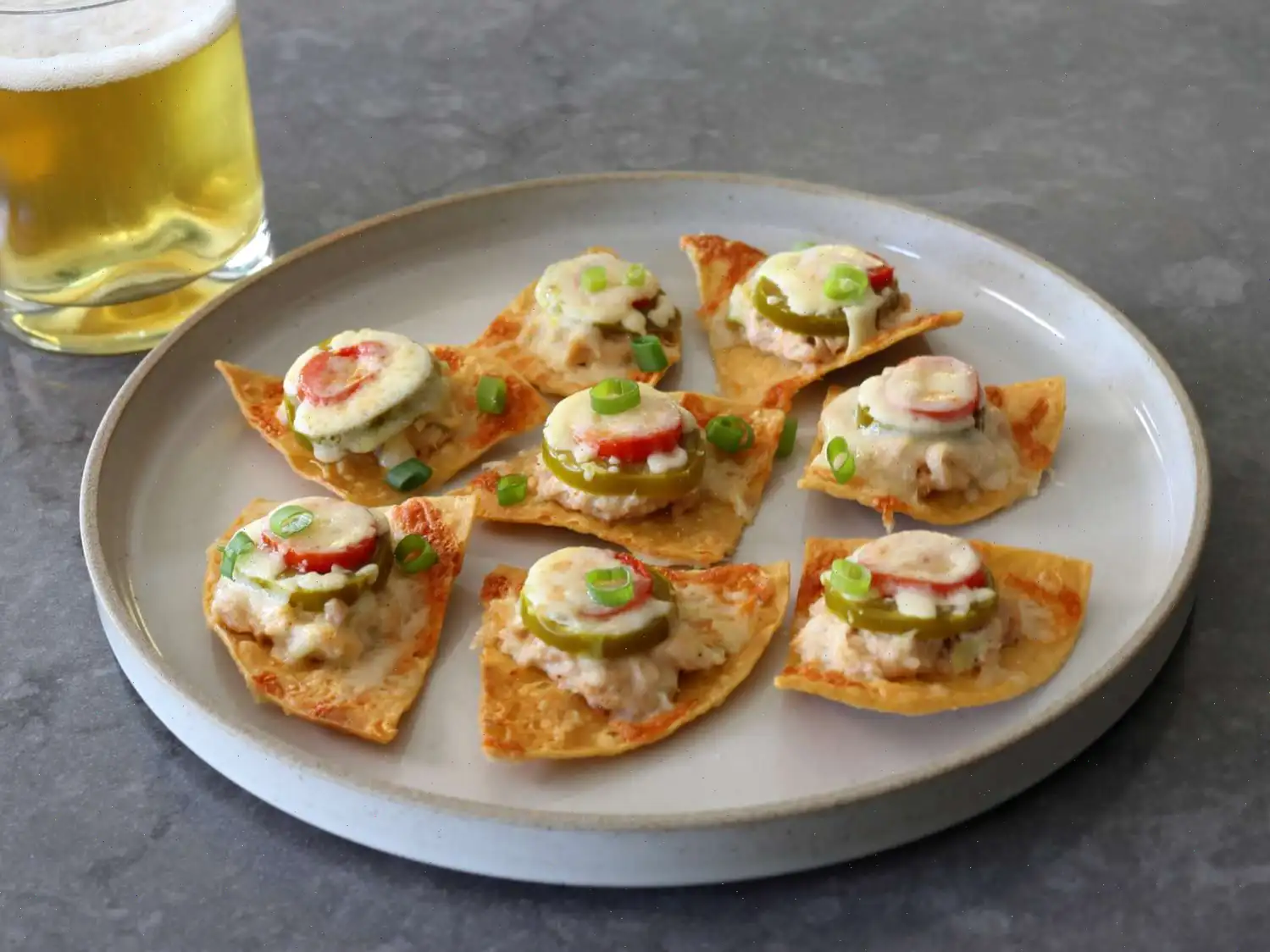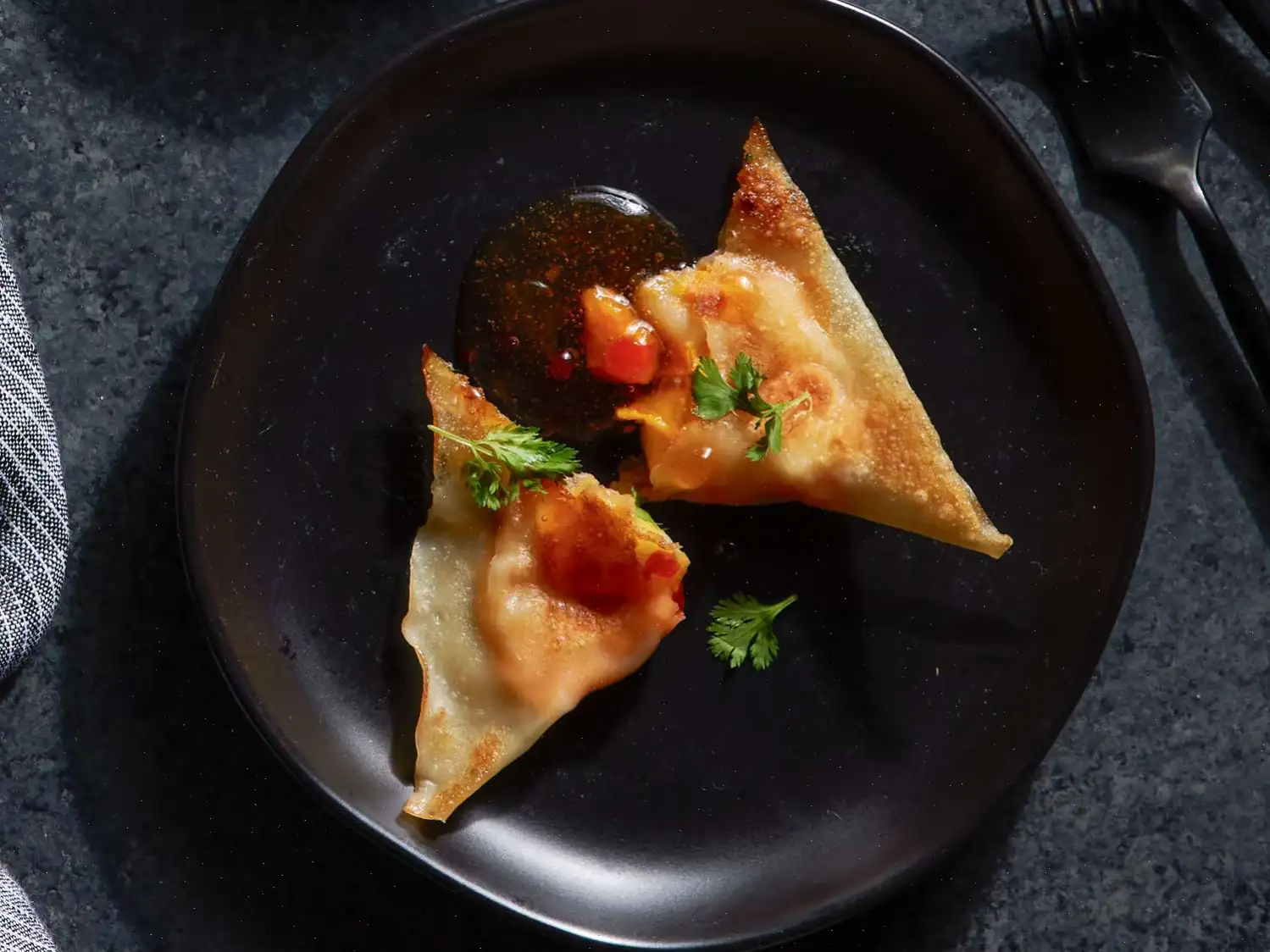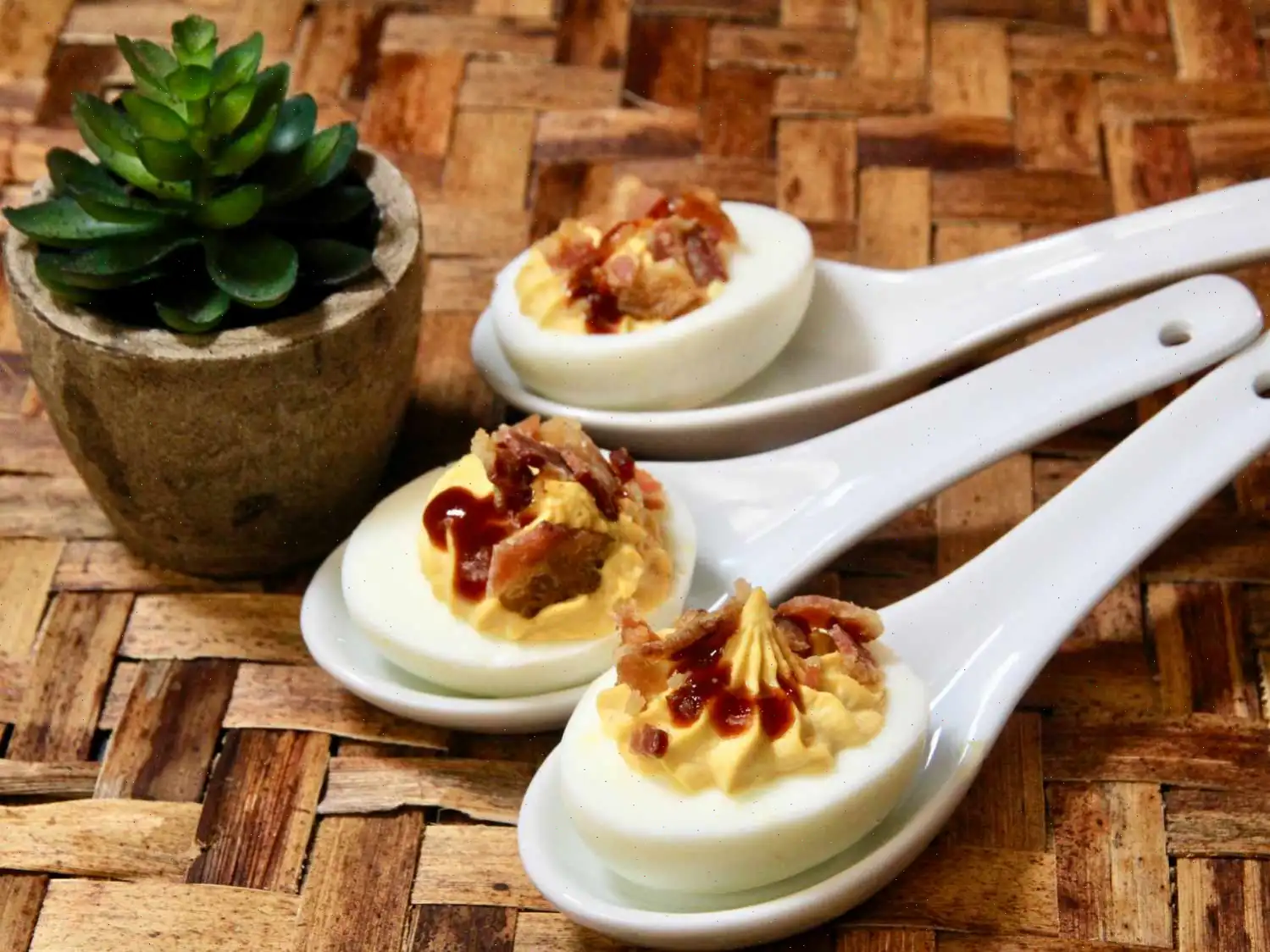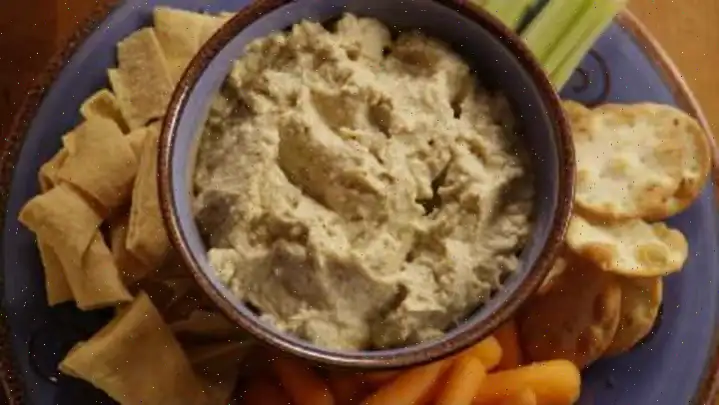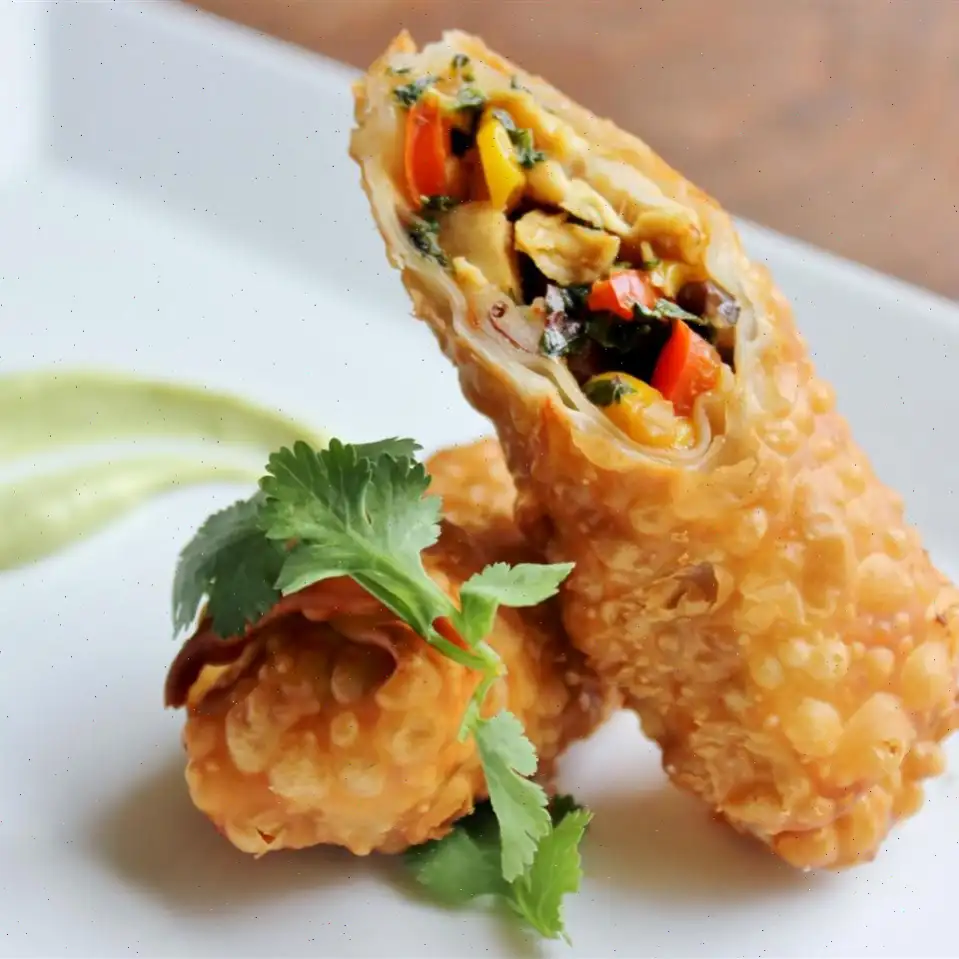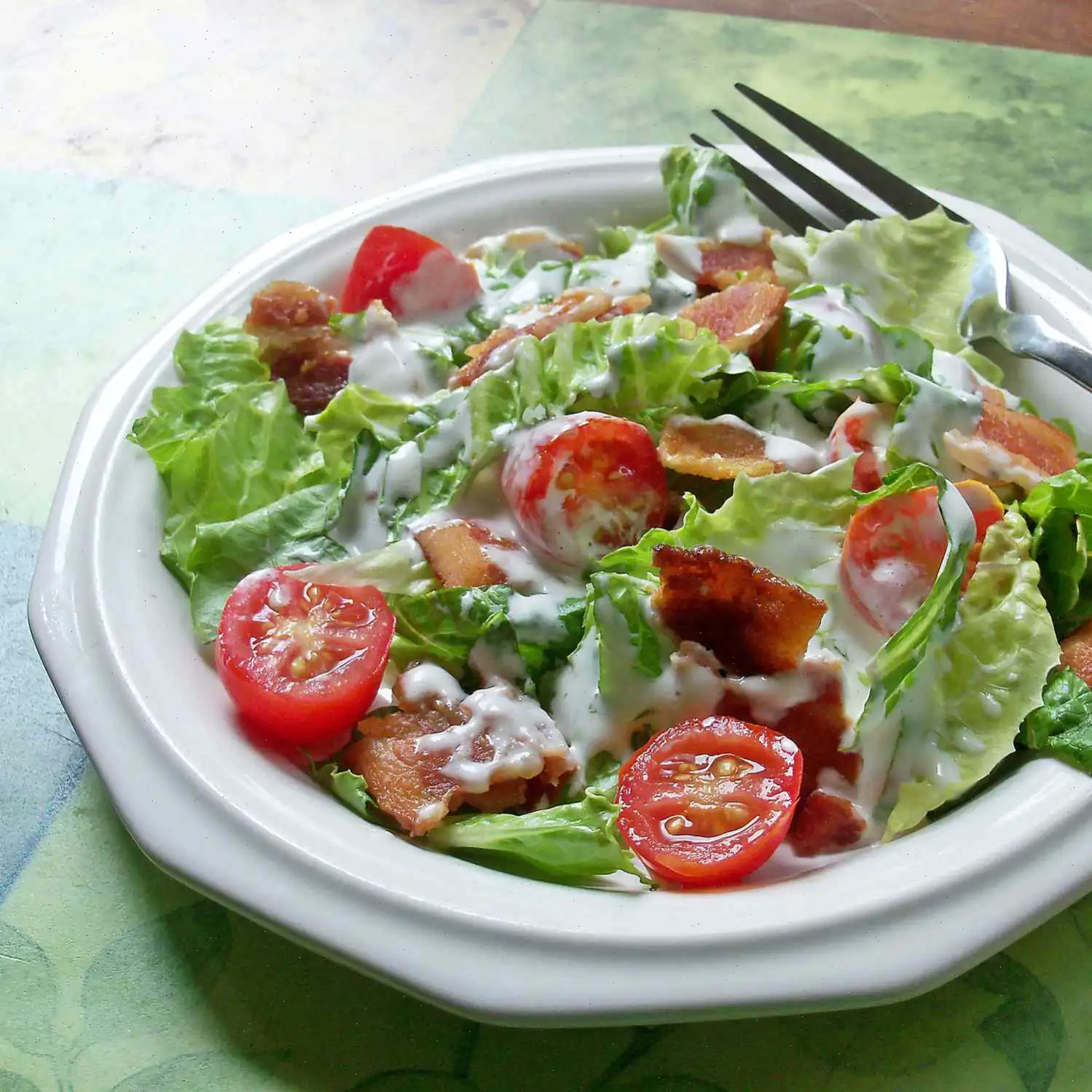
Christmas Tree Charcuterie Board Recipe
This vibrant and creative dish is perfect for a holiday gathering or any special occasion. The combination of fresh greens, savory deli meats, cheeses, and colorful garnishes creates a stunning centerpiece thats both beautiful and delicious.
Ingredients:
- 1/2 bunch curly-leaf kale
- 1 slice Cheddar cheese
- 1/2 pound sliced deli roast turkey
- 1/2 pound sliced deli ham
- 1/2 pound sliced Colby-Jack cheese
- 1/2 pound sliced pepper Jack cheese
- 16 dried apricot halves (or more as needed)
- 16 pecan halves (or more as needed)
- 5 snack-sized wax-wrapped cheeses, such as Babybel Original
- 4 to 6 prosciutto-wrapped mozzarella cheese sticks
- 2 cups square seeded crackers (or crackers of your choice)
- 1 cup sweet gherkins (optional)
Directions:
- Using kitchen shears or a sharp knife, cut each kale leaf along the center vein, creating two "branches" from each leaf.
- On a 24x12-inch cutting board or platter, arrange the kale in the shape of a tree. Start from the bottom and make each row of kale slightly wider, leaving small gaps between the rows to give the tree a more natural look.
- Cut the slice of Cheddar cheese into a star shape and place it at the top of the tree to represent the tree topper. Save any leftover Cheddar for decorations.
- Cut the deli turkey, ham, and remaining cheeses into 2-inch squares. Start building the tree from the bottom row, laying down a layer of turkey squares, ensuring that some of the kale branches are visible between the pieces.
- Follow the turkey layer with a row of ham, then each type of cheese in a separate row. Finish with another row of ham at the top of the cheese layers. The number of rows will depend on the size of your platter, but aim for a festive, tiered appearance.
- Place the dried apricot halves in a curved line across the tree to mimic a garland. Do the same with the pecan halves to create a second decorative garland.
- Decorate the tree with the wax-wrapped snack cheeses as ornaments. Cut the leftover Cheddar into smaller ornament shapes and place them around the tree as additional decorations.
- To create the trunk of the tree, arrange the prosciutto-wrapped mozzarella cheese sticks vertically in the center of the tree.
- Place the seeded crackers around the base of the tree to represent presents, adding a playful touch to the platter.
- Optional: Add a few sweet gherkins to the side for extra flavor and color.
- Serve with additional crackers and enjoy your festive and delicious kale tree platter!
The Story Behind the Christmas Tree Charcuterie Board
The Christmas Tree Charcuterie Board has become a modern holiday tradition, combining festive presentation with the universal appeal of charcuterie. While charcuterie itself traces back to ancient France, where cured meats and cheeses were artfully displayed, the holiday-themed board is a contemporary innovation. It emerged in the United States during the late 20th century, as home entertainers sought visually striking yet simple ways to serve appetizers during Christmas gatherings. Transforming a charcuterie board into a miniature Christmas tree adds whimsy and seasonal charm, making it as much a centerpiece as a snack.
Regional Variations and Influences
While this recipe uses classic American deli meats and cheeses like ham, turkey, Cheddar, and Colby-Jack, variations exist across regions. In the Southern U.S., smoked sausages or pecans are popular additions, while in coastal areas, seafood such as smoked salmon may appear alongside the greens. European adaptations might incorporate hard Italian cheeses like Parmigiano-Reggiano or cured meats such as prosciutto di Parma. Even the greenery varies; kale is common for its texture, but spinach, arugula, or parsley can be used depending on local availability and flavor preferences.
How It Differs from Similar Dishes
Unlike traditional charcuterie boards, which focus primarily on the variety of meats, cheeses, and accompaniments arranged in an artful but unthemed manner, the Christmas Tree Charcuterie Board is distinctly sculptural. Its triangular, layered design mimics the shape of a Christmas tree, and the garnishessuch as dried fruit garlands, nuts, and cheese ornamentsenhance the holiday motif. This visual focus distinguishes it from everyday cheese and meat platters, making it both decorative and edible.
Where Its Commonly Served
These festive boards are most often seen at holiday parties, family gatherings, office celebrations, and seasonal buffets. They function as conversation starters and can serve as a centerpiece on a dining table or appetizer station. The portability of the board allows hosts to serve a large group while keeping the food visually appealing and easy to access, catering to both children and adults.
Interesting Facts and Tips
One fascinating aspect of the Christmas Tree Charcuterie Board is its adaptability. While traditional ingredients include deli meats, cheeses, and nuts, creative variations might use plant-based alternatives, roasted vegetables, or even fruit leathers. The choice of greens for the tree can subtly influence the flavor profilekale adds earthiness, while spinach or arugula provides a milder taste. Another fun fact is that some enthusiasts create miniature edible decorations, like candy cane-shaped breadsticks or cranberry baubles, turning the board into an interactive and visually stunning piece of culinary art. Additionally, this style of board encourages portion control, as guests can select individual ornaments rather than slicing large blocks of cheese or meat.


